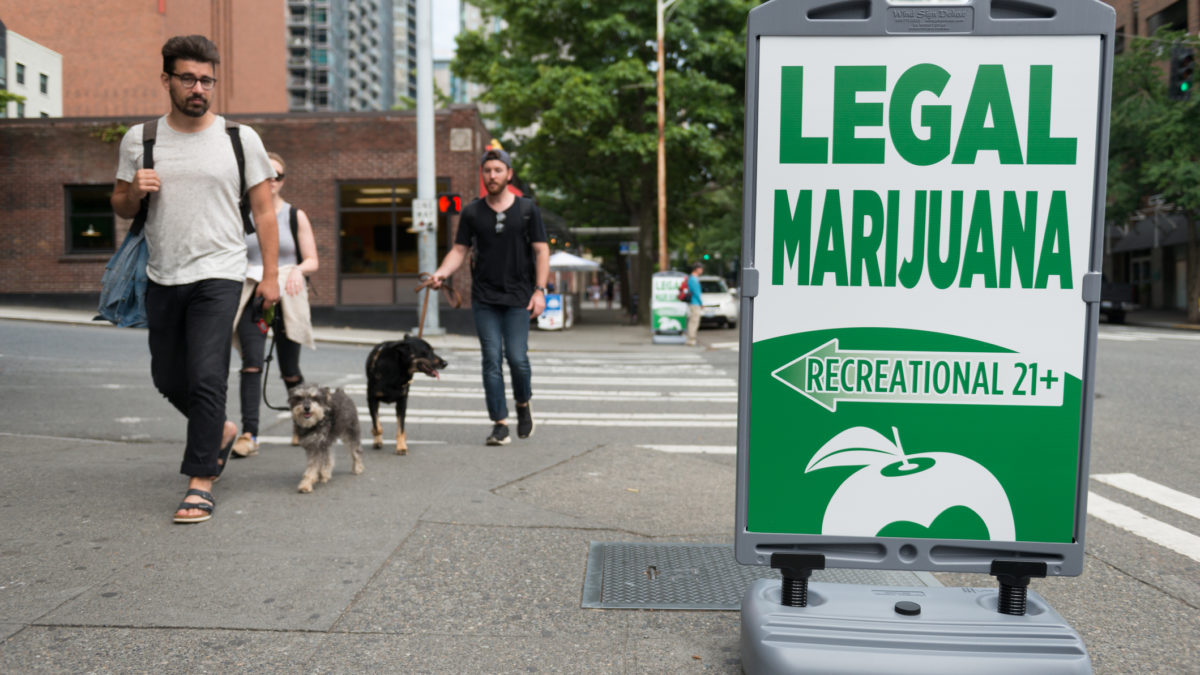Bradley Vasoli: The drug war is lost. Hope is not
For a minute, the headlines were encouraging.
“CDC: Drug Overdose Deaths Down More Than 25 Percent in 2024,” gushed U.S. News & World Report last month. “Drug overdose deaths plummet to pre-pandemic levels during fentanyl crisis,” read a USA Today header. “U.S. overdose deaths fell by 27% last year — the largest one-year decline ever recorded,” crowed PBS.
But the fine print was grim. Last year’s substance overdose fatalities totaled over 80,000, more than quadrupling the yearly death toll recorded 25 years earlier and surpassing 2019’s sum (the last before Covid) by around 7,000. A consolation for the easily consoled: Roughly 30,000 fewer people died of overdoses last year than did in 2023.
Philadelphia, home to the East Coast’s largest open-air opioid market in Kensington, got its share of the recent upbeat press. Yet despite the city’s seven-percent drop in overdose deaths between 2022 and 2023 (the last year with complete data), the 1,315 people who unintentionally died from drug dosages in 2023 represented Philadelphia’s second-highest-ever annual per-capita figure. For every 10,000 residents, 8.5 lost their lives while overdosing.
Whatever improvement the city may have made by this measure in the year and a half since Cherelle L. Parker became mayor, a new poll reveals Philadelphians don’t appreciate her scrappy drug-warrior posture. The Pew Charitable Trusts find only 28% of respondents approve of the otherwise popular Democrat’s work to lessen illicit drug use.
Their ingratitude is well-founded.
While campaigning in 2023, the mayor vehemently rejected harm reduction strategy. She delivered her promised resistance the following year, slashing needle exchange programs and precluding any supervised injection sites. Her augmentation of police patrols in Kensington is welcome insofar as it oppugns violent crime, but no straight-faced human predicts it will thwart the area’s opioid trade.
Moreover, no serious person predicts anything will end hard drug consumption. And certainly no one expects more imprisonment or more intensive policing to lower overdose figures to pre-2000 levels. None of this justifies despair, but real hope lies beyond where Parker and most other policymakers are willing to look.
Consider the well-known fact that fentanyl is up to 50 times more potent than heroin and 100 times stronger than morphine. The converse also deserves attention: The latter opioids are 50 to 100 times milder than fentanyl, let alone even scarier new drugs like xylazine. Drug legalization would permit the manufacture and use of milder narcotics that regulated makers couldn’t lace with dangerous adulterants.
Such a regime would dry up the market that now enriches dishonest, violent street dealers. While it would generally let adults take risks to pursue pleasure, many individuals already take those risks without permission in a much less safe environment than would emerge under liberalized drug policy. Prohibitionists bristle at the increased usage that would inevitably result from it. They deserve a hearing … once they get consistent and call for re-banning alcohol, which causes nearly 180,000 U.S. deaths each year but, like opioids, has proved impossible to forbid.
Under a less punitive system, society could focus on treatment and harm reduction. The latter is a bugaboo for drug warriors who like to blame supervised consumption sites for devastating cities. (Never mind how much devastation Philadelphia has suffered without any sites.) These places, also called overdose prevention centers (OPCs), took a mighty reputational blow when Oregon last year walked back its 2020 decision to decriminalize drugs, i.e. make them mere civil violations. The Beaver State acted in response to rising overdose rates, but its politicians misplaced the blame on decriminalization and the harm reduction facilities that operated under it.
“Research indicates this growth is in line with a national surge in fentanyl and other synthetic opioids and not brought about by decriminalization,” the nonprofit Reason Foundation’s policy analyst Nathan Daigneault writes in a new study. “Data indicates that the recent surge in opioid overdoses, brought about in large part by the spread of fentanyl from the East to West Coast, began in 2019, two years prior to the implementation of Measure 110.”
Daigneault found that decriminalization in Portugal and Switzerland meanwhile preceded major drops in overdose fatalities and drug-related HIV infections as well as greater use of treatment services.
We’ve tried everything else. President Donald Trump even imposed tariffs on Canada expressly to choke off the flow of fentanyl across our border. It’s as dumb and useless as it sounds. Which is to say it’s as good as any other idea the prohibitionists ever hatched.
Bradley Vasoli is the senior editor of The Independence, where this story was originally published.



